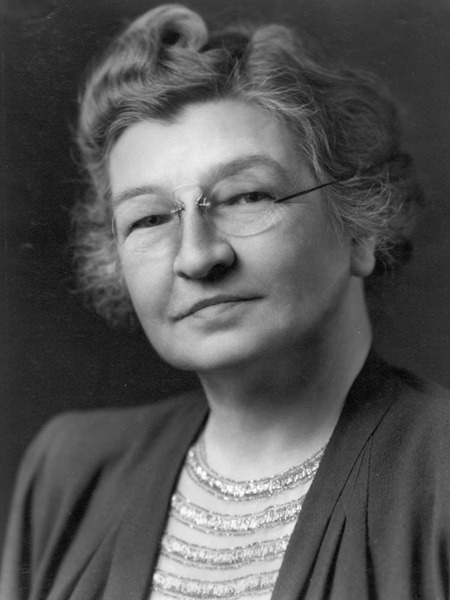Close your eyes and picture and inventor. You probably picture an eccentric genius skinny guy in a lab coat with frizzy hair. What you’ve probably conjured up in your brain is reflective of the majority of people inducted into the Inventors Hall of Fame. One of the most influential members of that Hall of Fame however, was Edith Clarke, the first female engineer to graduate from MIT.
Her story is one of resilience and determination. Upon graduating from MIT, a world-renowned institution, Clarke initially struggled to find a job — as many firms and corporations didn’t view engineering as a women’s field of work. Eventually she got a job at General Electric as a supervisor of computers (at that time the term referred to people, typically women, who were tasked with performing intensive calculations for engineers), a position she was incredibly overqualified for.
Instead of resting on her laurels, Clarke took advantage of the spare time she had and invented the graphical calculator, applied for a patent in 1921 and approved in 1925 — it served as the basis for the TI-85 calculators that we often use today. Her device was used to solve electric power transmission line problems.
Recognizing her hard work, Clarke received an electrical engineering role in 1923, becoming the first female to hold a professional position as an electrical engineer in the US. During her long career at GE, she developed mathematical methods that simplified and improved the work of electrical engineers, and published 18 technical papers. Additionally, her textbook, Circuit Analysis of A-C Power Systems, became the standard for industry in her time.
She retired from GE in 1945 and became the first female professor of electrical engineering at the University of Texas in Austin. She spent the next 10 years teaching there until she passed away in 1959.
In Dr.James E Brittain’s paper “From Computer to Electrical Engineer — the Remarkable Career of Edith Clarke” he write that “As a woman who worked in an environment traditionally dominated by men, she demonstrated effectively that women could perform at least as well as men if given the opportunity. Her outstanding achievements provided an inspiring example for the next generation of women with aspirations to become career engineers.”
Today women make up 55% of Biological scientists, 36% of Chemists and material scientists, 26.9% of computer and mathematical occupations, and only 16.7% of architecture and engineering occupations. Due to push back against women in engineering fields following WWII, the percentage of women in engineering has struggled the most with improving over the past century since Clarke’s time.


I always love hearing about women in STEM! I think it is always interesting to hear about how they have contributed to the world of science. It is so cool that Edith Clarke plays a role in the development of the TI-85 calculators because that is something that nearly every student in STEM uses. Due to the time she was working, I am curious about certain challenges or barriers that she faced and how she conquered them.
It’s inspiring to learn about the women in STEM who came before us, persisting through struggles of inequality and unfair societal expectations to reach their final goal. Though things are much better for women and minorities today, they aren’t perfect, and it’s a very complicated issue that will probably take a lot more time to overcome. What do you think should be done today to honor/uphold Clarke’s legacy and impact?